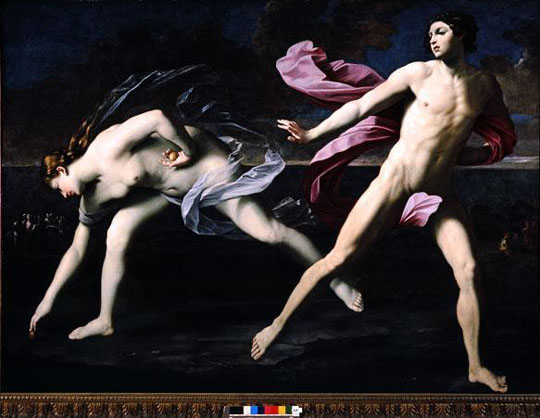Following the exhibition "Galleria Borghese" at the Tokyo Metropolitan Art Museum earlier this year, yet another famous Italian artistic institution is in town. This time it's the Capodimonte Museum from Naples, with a show at the National Museum of Western Art. Like the Borghese show, this exhibition also focuses on 16th- and 17th-century, mainly Italian, art, creating a feeling of deja vu for anyone who has seen the earlier exhibition. But there are important differences as well.
The Capodimonte, as its name suggests (literally "the head of the hill"), overlooks the city of Naples and has an impressive collection, but it is best known for its Neapolitan artists, such as the Spanish-born Jusepe de Ribera, Luca Giordano, and the local followers of Caravaggio. Often in histories and exhibitions of Italian art, these painters come second to their Florentine, Roman, and Venetian counterparts.
The present-day status of Neapolitan art is possibly a hangover from the sharp cultural decline that Naples suffered in the Baroque period. At the start of the era (c. 1600) the city was one of the undoubted cultural capitals of Europe, with a population second only to that of Paris, and a must-see stop for any nobleman on the Grand Tour, but by the end of the period (c. 1750), after suffering plagues, earthquakes and outbreaks of lawlessness, the city had become a relative cultural backwater. This sense of lost glory pervades the exhibition, giving it a slight note of melancholy.



